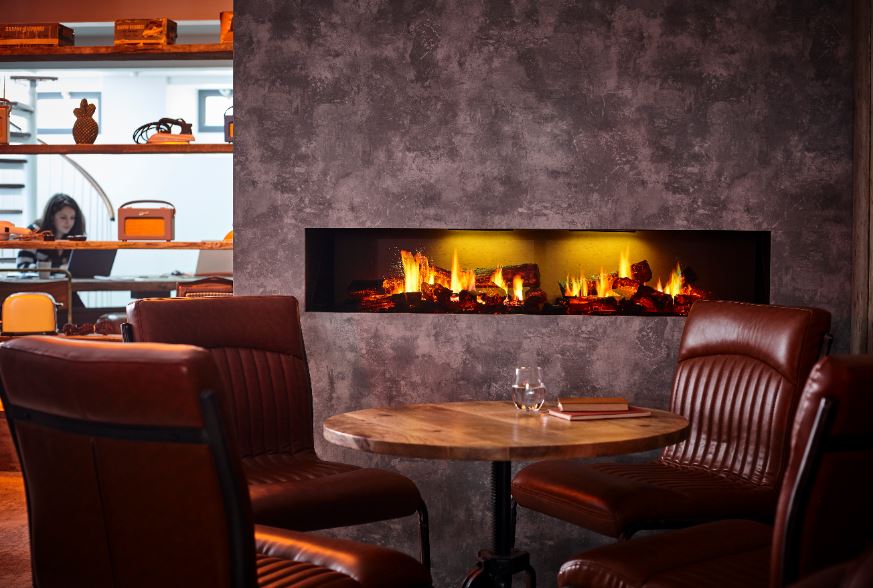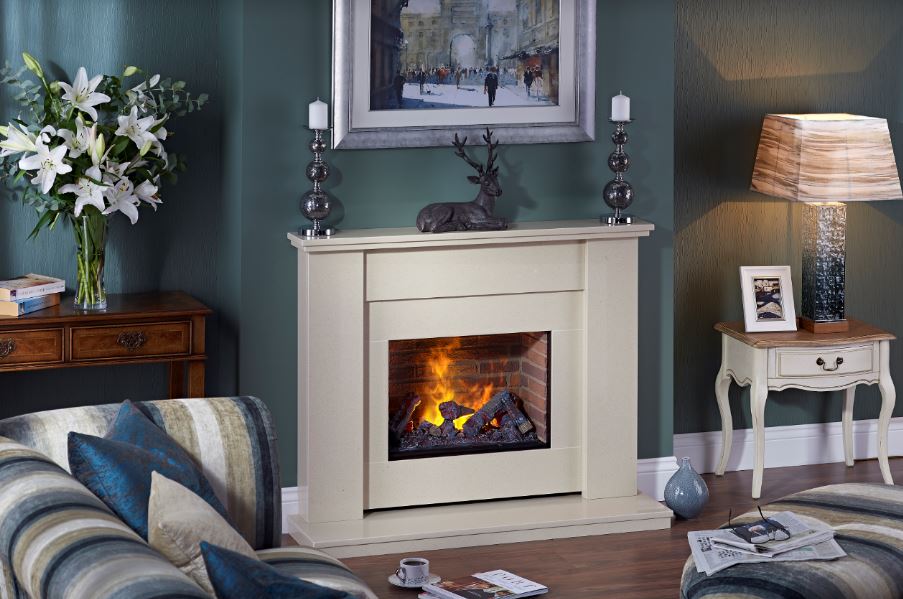Addressing climate change with sustainable solutions

Climate change, global warming and greenhouse gases
These are all terms which we have come to hear a lot about. We know that they all refer to detrimental changes to our atmosphere and ecosystems but, as they are often used interchangeably, what do they actually mean, what impact do they have on our lives and what should we be doing about them?
The Met Office defines climate change as a large-scale, long-term shift in the planet's weather patterns and average temperatures. Global warming is one aspect of this and refers to the rise in average global temperatures, caused mainly by the increasing concentration of greenhouse gases in the atmosphere. There are several of these gases, but the main culprit is carbon dioxide, or CO2, and it’s clear that we, as humans, are the main contributors in its production.
Why we need to move to net zero emissions?
The human population is a huge consumer of energy which we use to heat and light our buildings, fuel our cars, produce our goods, etc. Traditionally these activities have all been achieved by using fossil fuels (coal, oil and gas), as well as biomass from trees, plants and biological waste. The problem lies in the fact that all these fuels produce energy by combustion, and a by-product of this process is CO2.
There has been much talk in the news lately about the government plan to legislate for net zero greenhouse gas emissions, which includes CO2, by 2050 in response to the revised Committee on Climate Change report. It is generally agreed that by ensuring our net output of CO2 into the atmosphere is zero by 2050, then global warming will be limited to 1.5 degrees Celsius. Above this threshold, the effects on climate change are considered to be more severe.

How can we make the move?
The targets are ambitious and in order to achieve them, we will have to make many adaptations as a society. The most likely scenarios for these changes include: a less resource-intensive and more energy-efficient economy, extensive electrification of our transport and heating systems, the use of carbon capture technology, and changes to the way we farm our land and the food choices we make.
These are all pretty dramatic changes but some, such as the electrification of heating and more energy-efficient systems, are possible to achieve now. Indeed, the Future Homes Standard addresses this by aiming to ensure that new-build homes use low-carbon heating and achieve the highest levels of energy efficiency by 2025.
However, some people believe that waiting until 2050 to become carbon neutral is too late. Ashton Hayes in Cheshire, for instance, is aiming to become England’s first carbon-neutral community and has reduced its carbon dioxide emissions by approximately 40% since 2006. Residents have achieved this through lifestyle changes and initiatives such as setting up their own community-owned renewable energy company.
How much compromise?
It’s clear that as a society, we will need to make significant changes if we have any chance of keeping the increase in global temperatures below 1.5 degrees Celsius. Some shifts in behavior, such as altering the foods we eat, flying less and leaving our cars at home may be difficult to become accustomed to. However, there are some luxuries which we don’t need to compromise on.
For instance, fireplaces and flame provide a great design feature for a space as well as providing a cosy and relaxing atmosphere. However, log burning, and gas fires use combustion and therefore produce CO2, which raises, not lowers our emissions targets. But there is a solution in electric flame technology. A more sustainable way to create atmosphere in a room, electric flame options such as GDHV’s Optimyst and Opti-V technology areclassified as 100% energy efficient at point of use and uses minimal electricity. And when this electricity is produced from renewable sources, such as solar and wind, net zero emissions targets can be met.
We do need to shift our perceptions and alter our behaviors if we have any chance of addressing the effects of global warming. By making small changes, such as switching to more sustainable solutions such as flame technology, we can help reduce the impact and scale of climate change.

You can learn more about how you can incorporate sustainable technologies such as electric flame into your design by reading our whitepaper: Looking ahead: putting the focus on flame.

